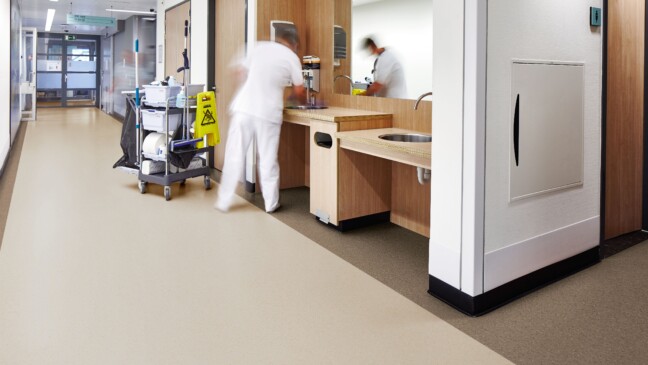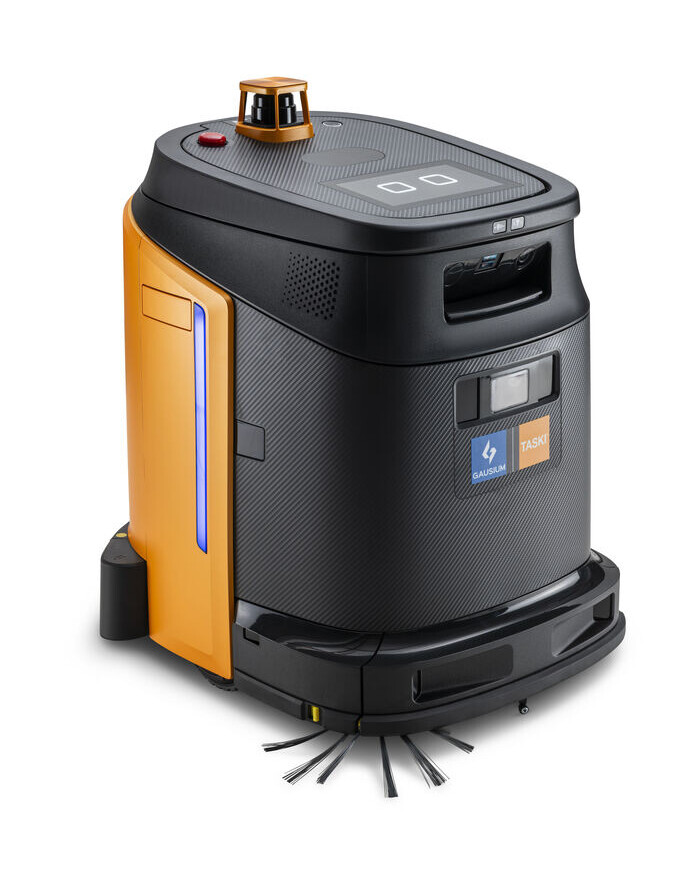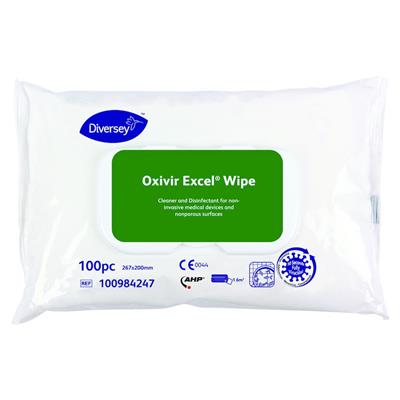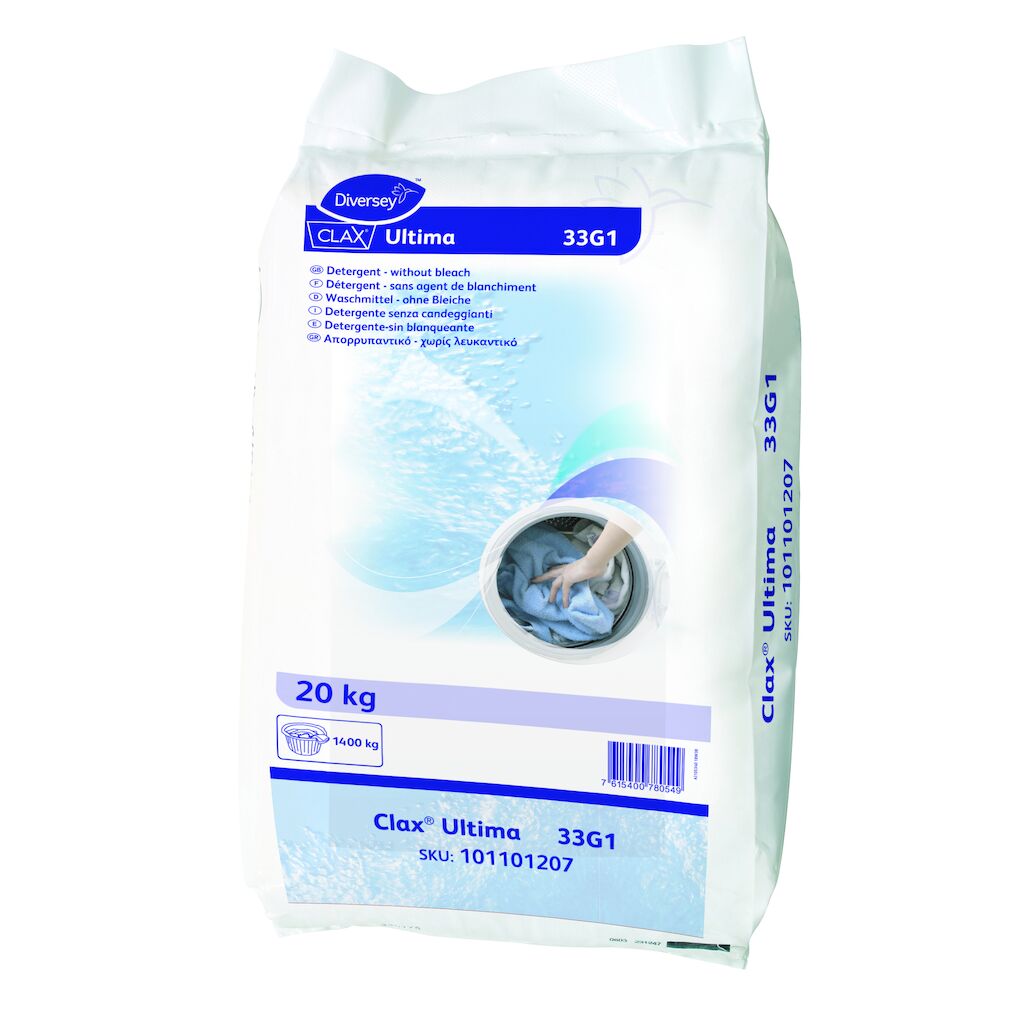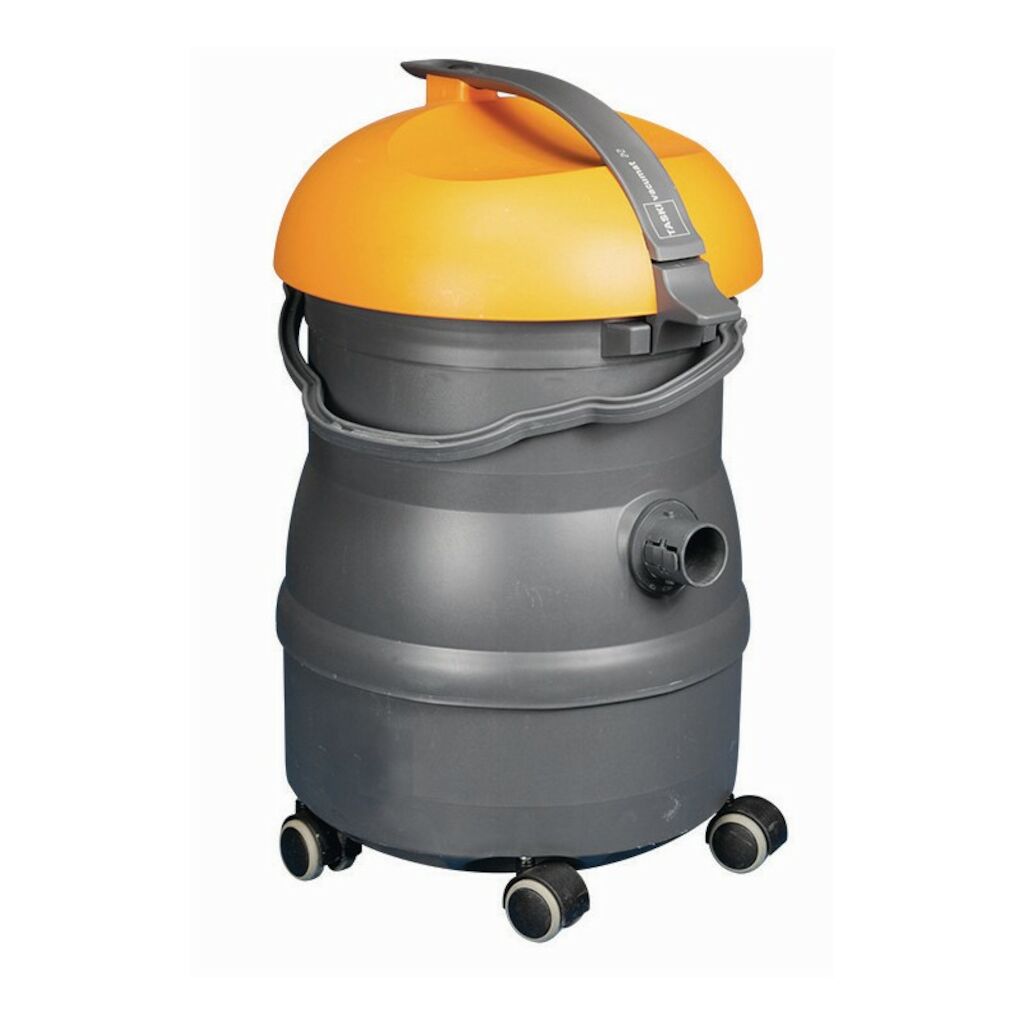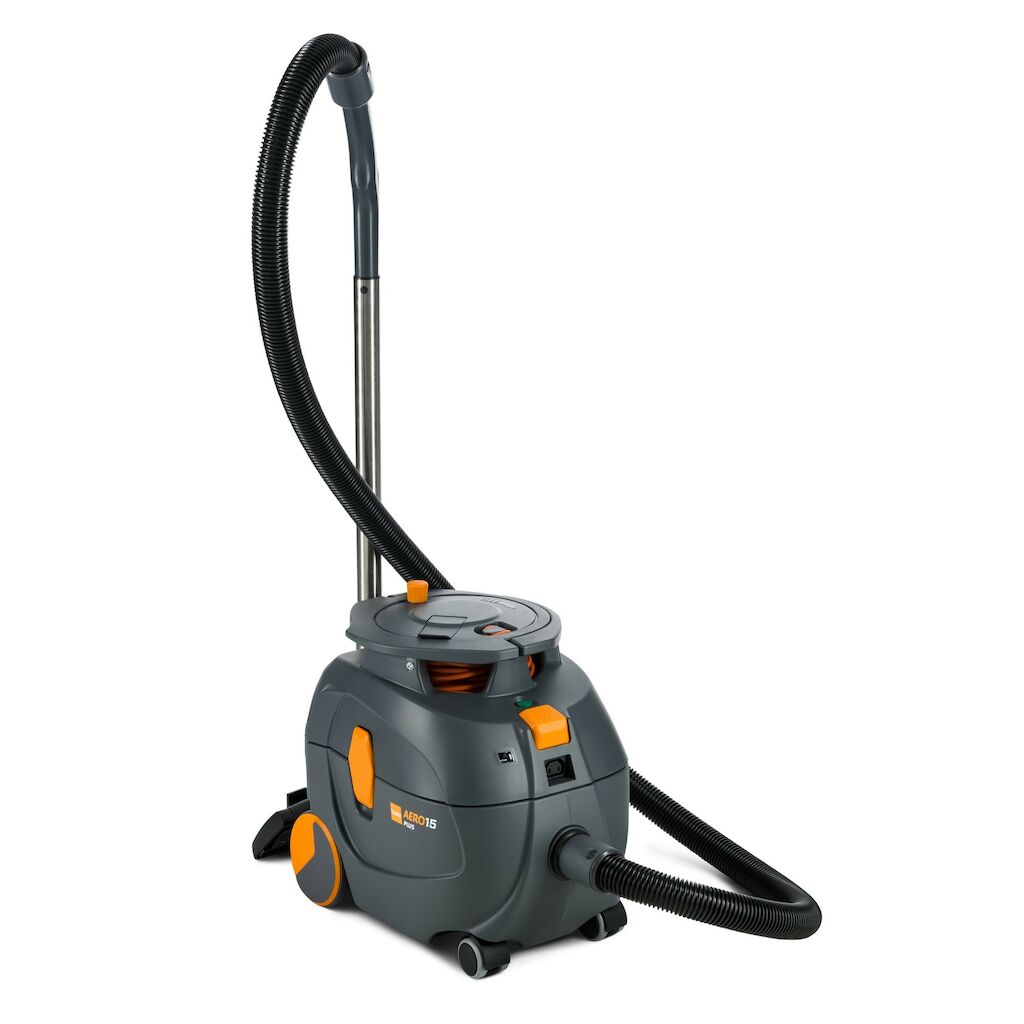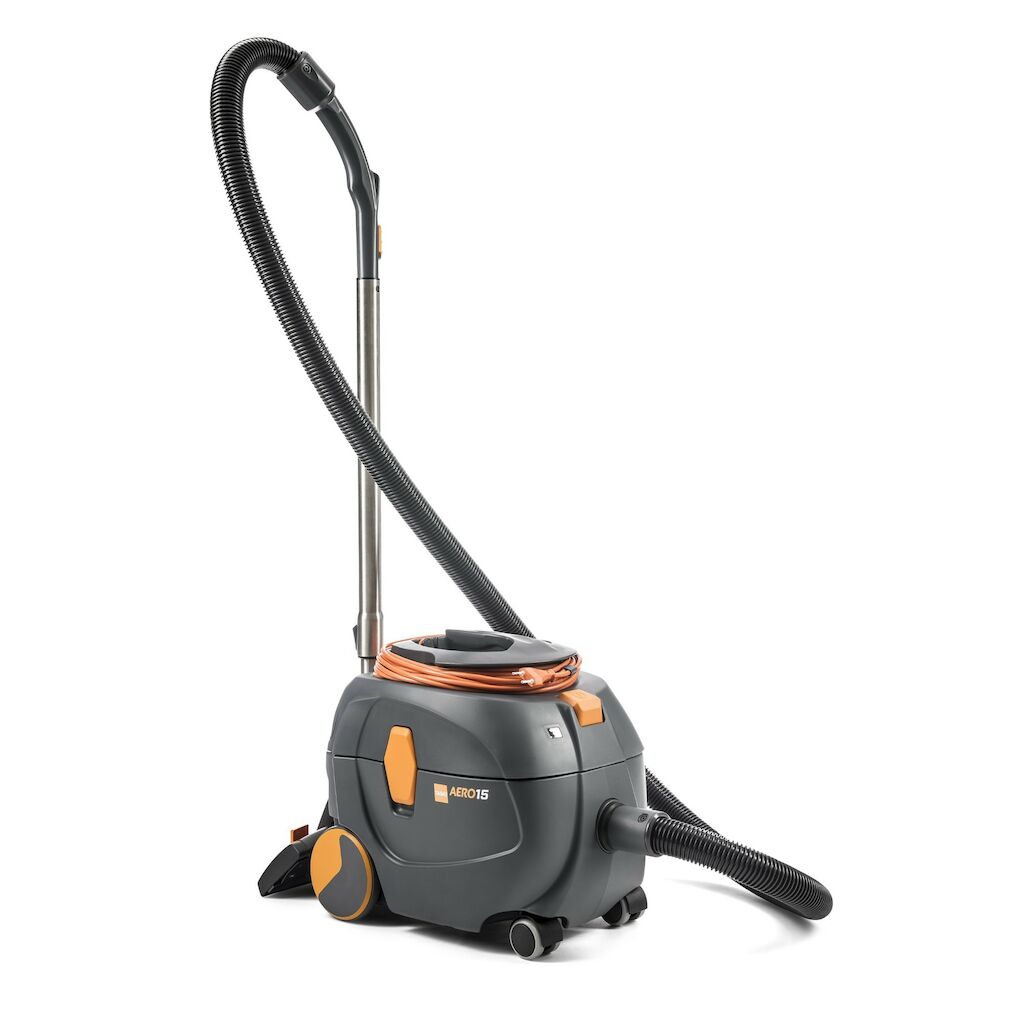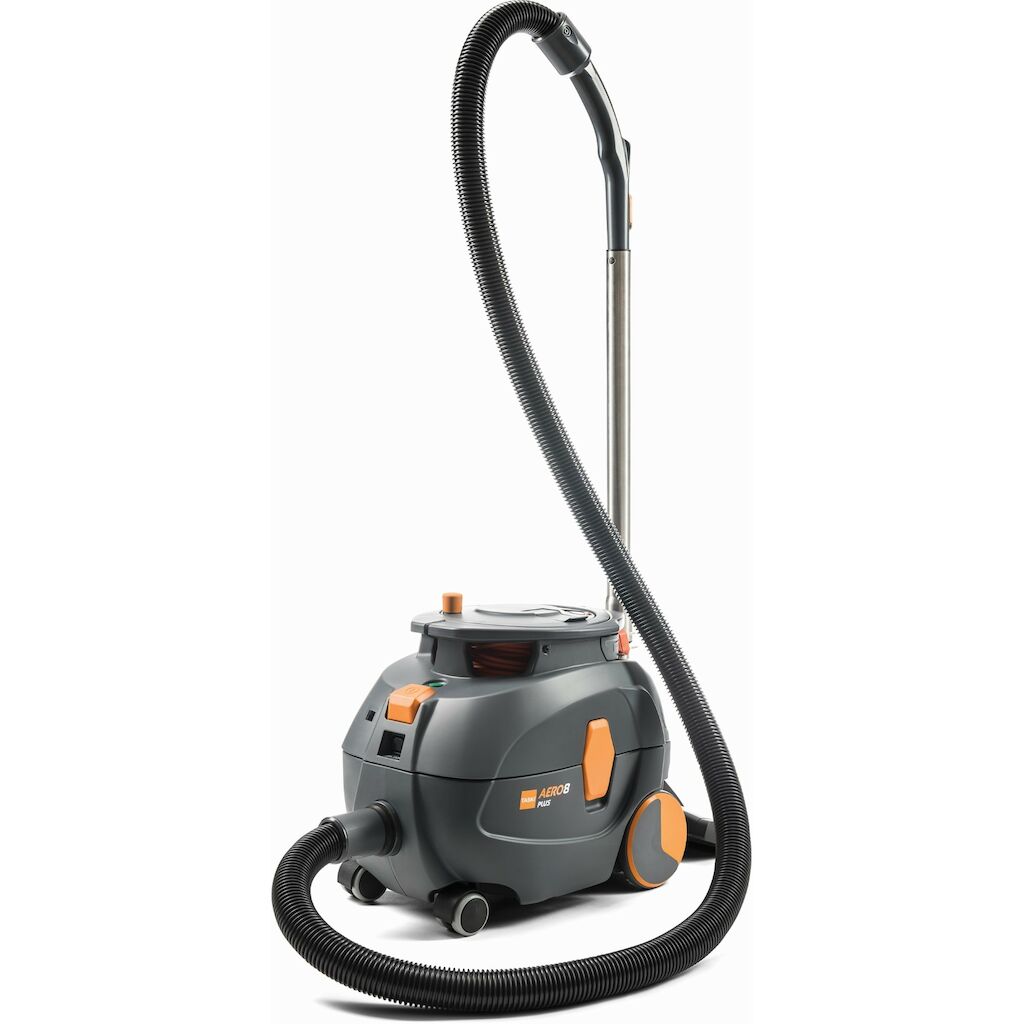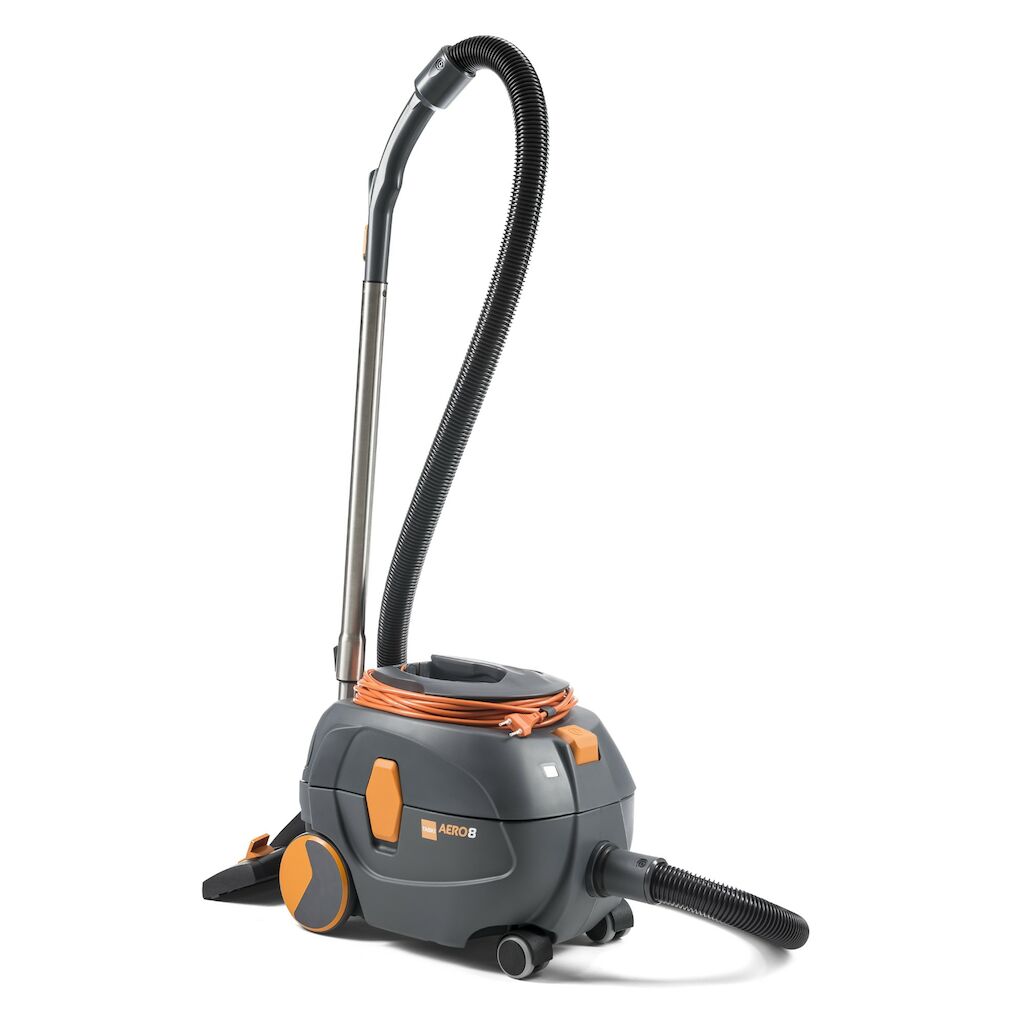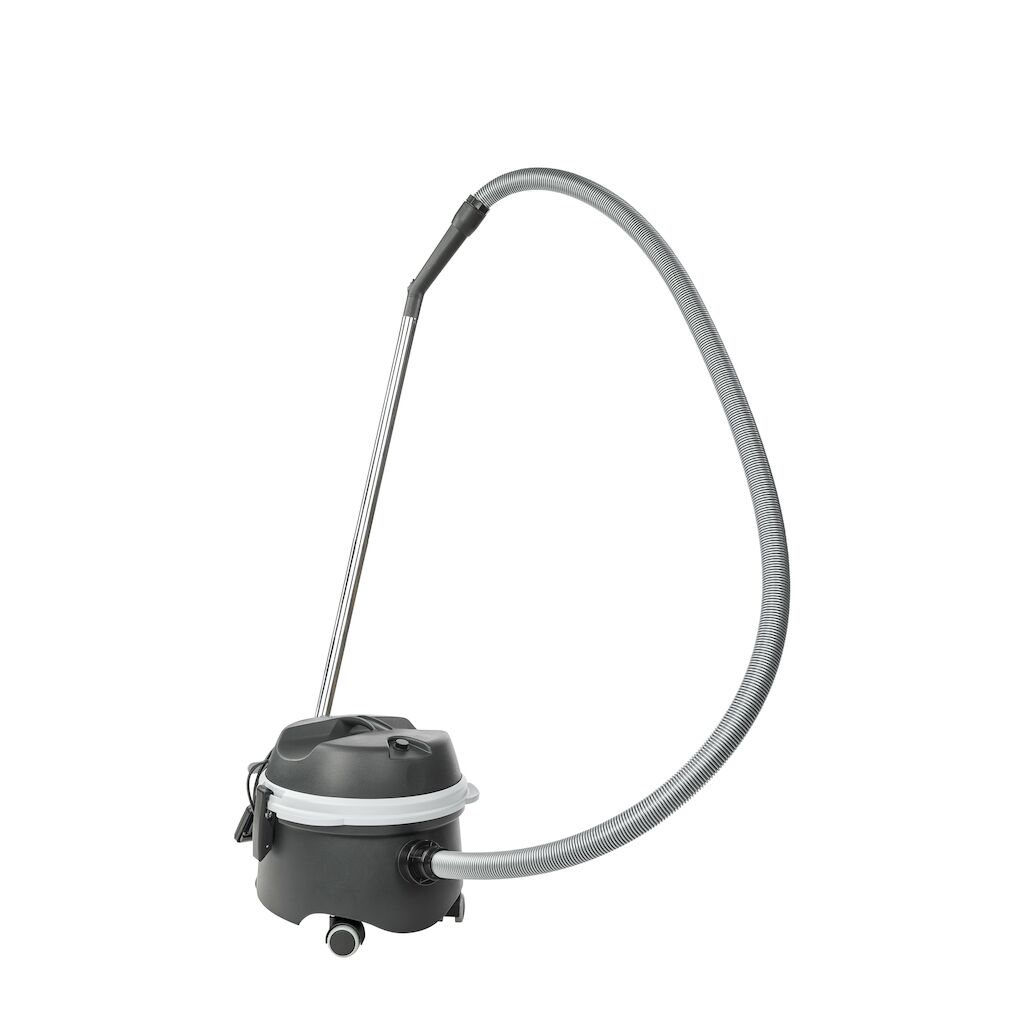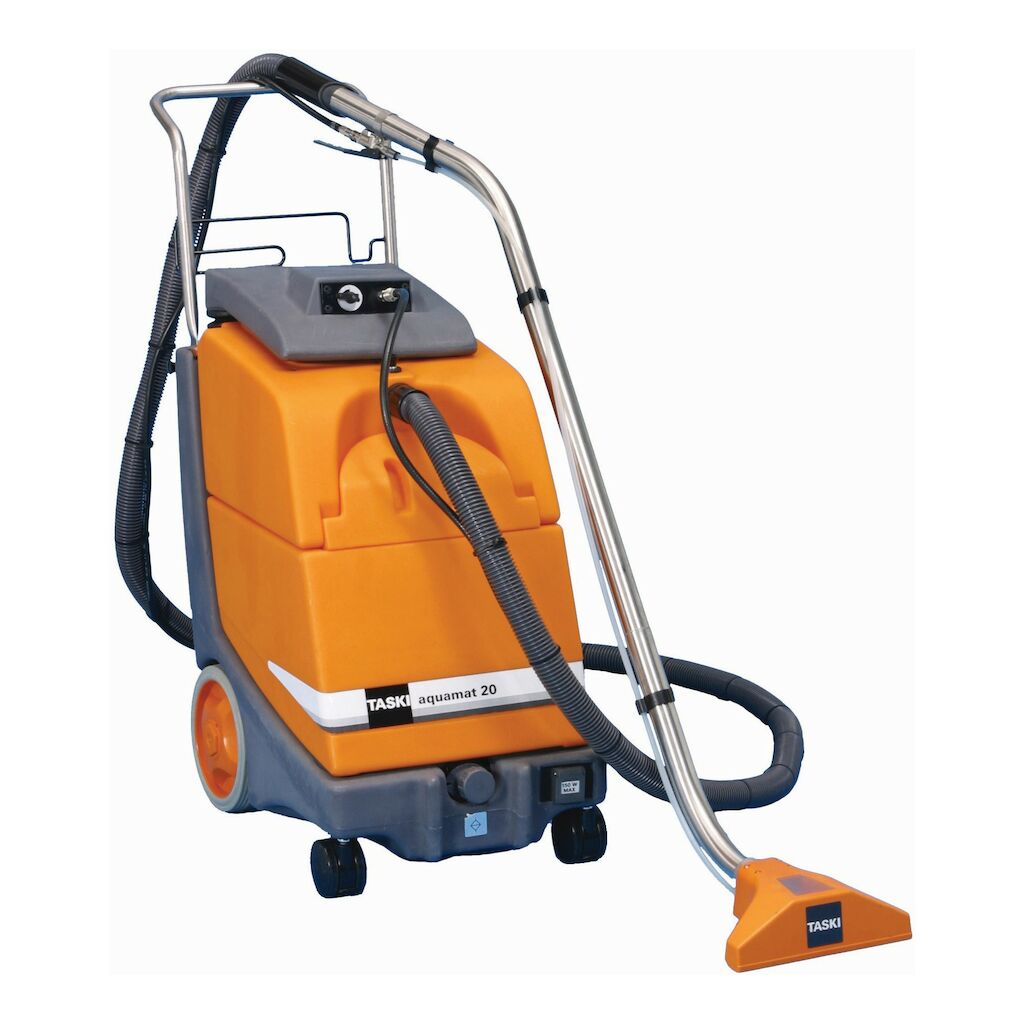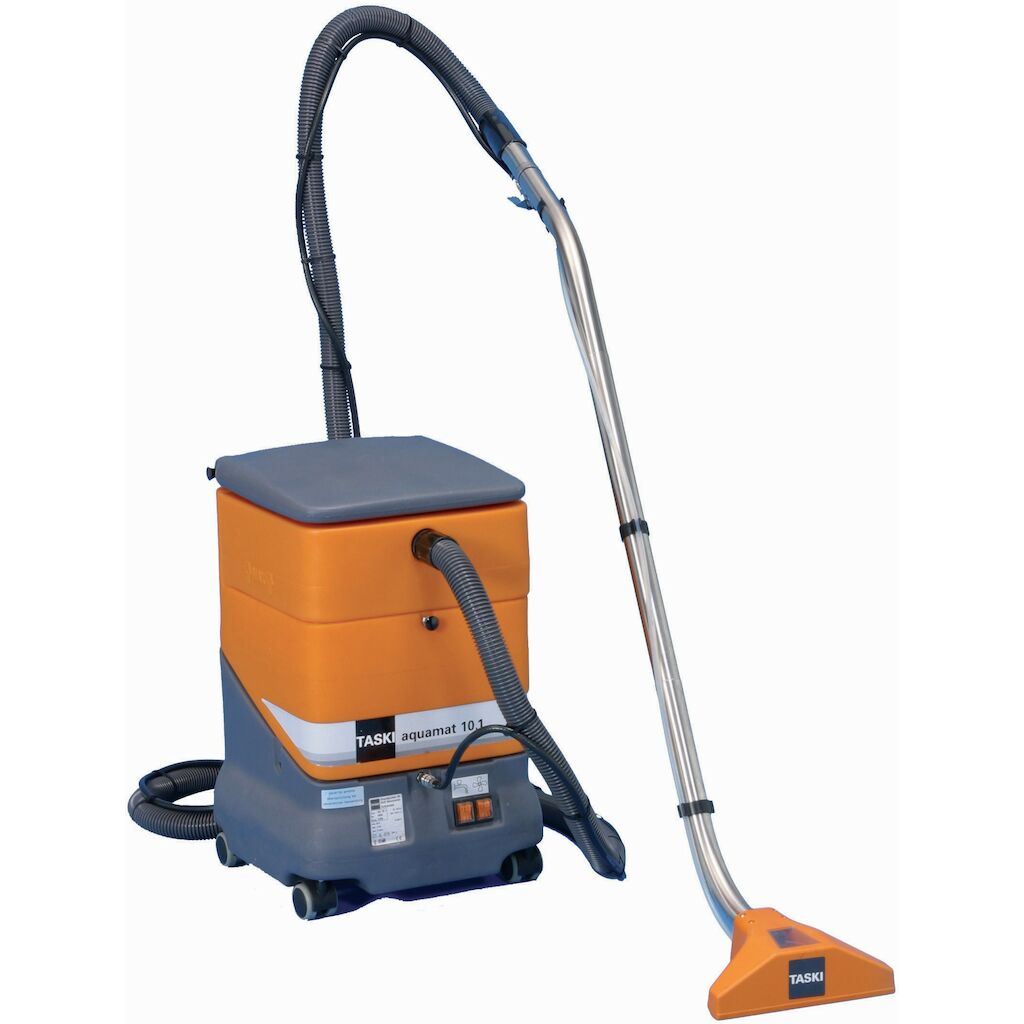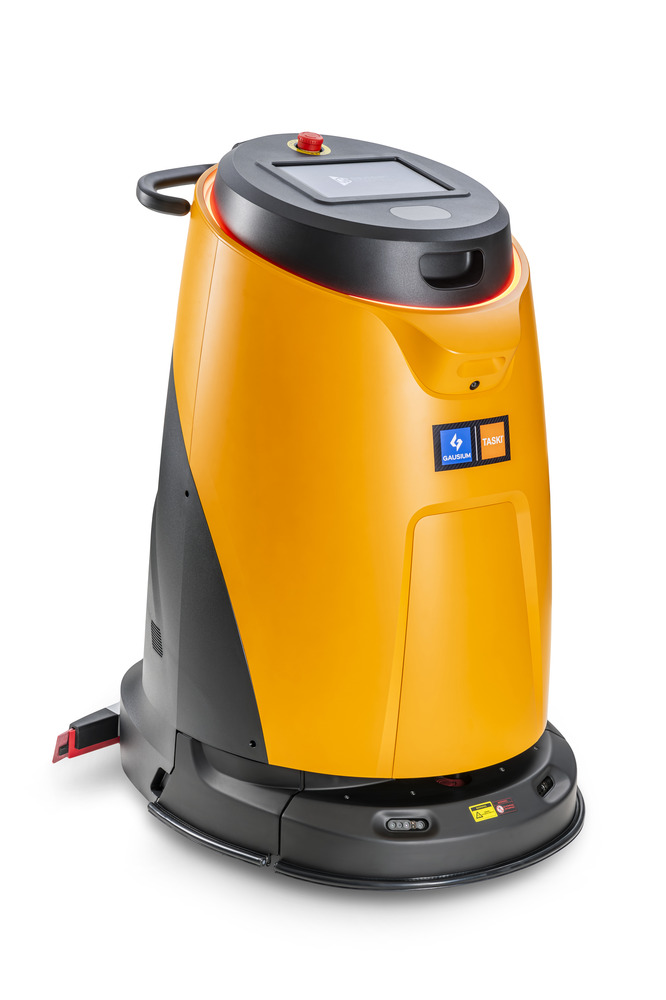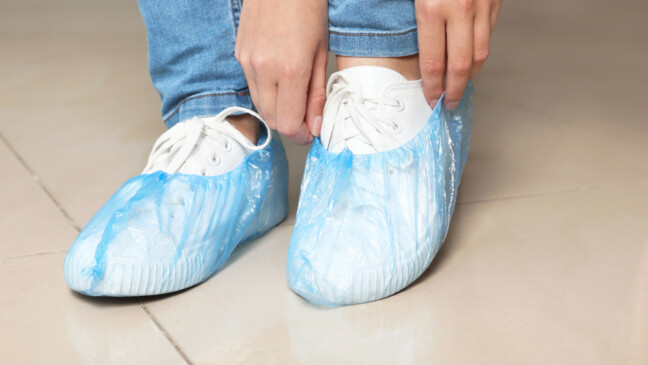
29.11.23
Washing and processing cleaning textiles correctly: minimizing risks, maximizing performance
The question of how cleaning textiles can be hygienically processed is a central concern of the cleaning industry. This is because as long as the used cloths and floor textiles are not back in perfect condition, even the best tools and aids are of no use.
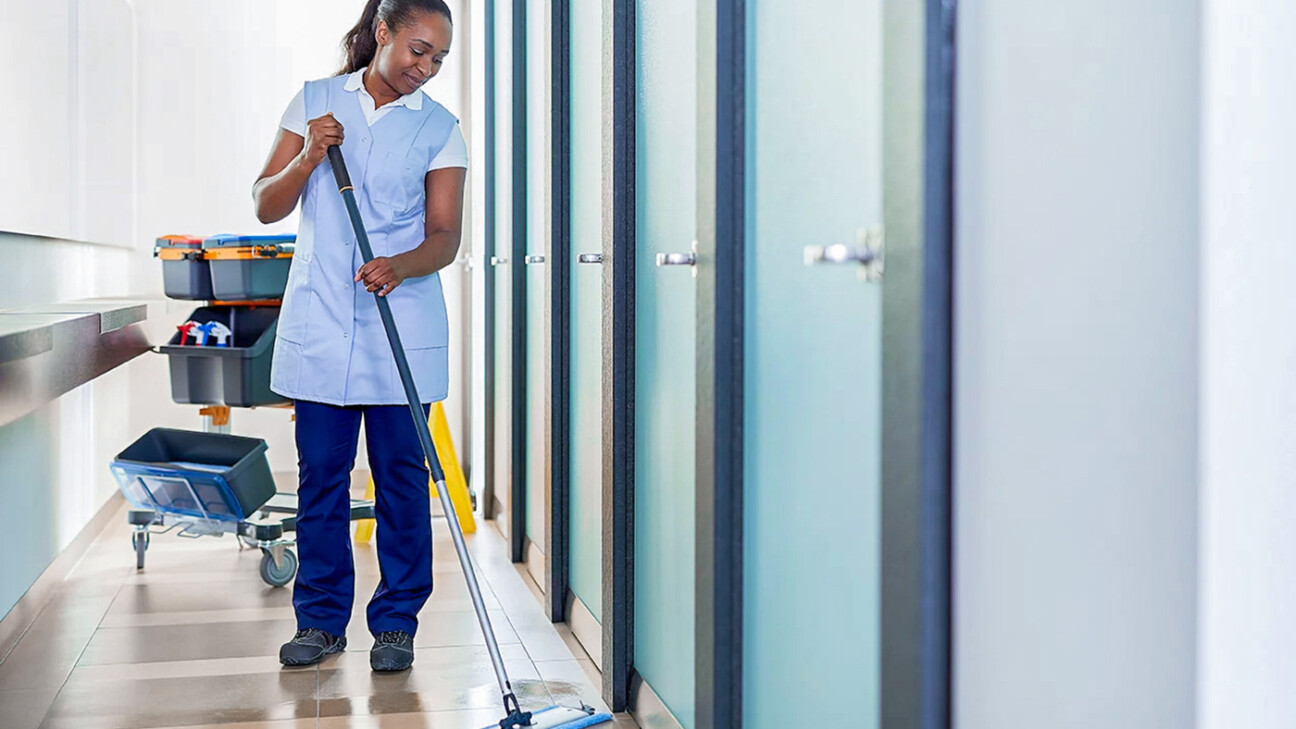
In the past, cleaning was almost exclusively done using the bucket method: cleaning staff soaked textiles and cloths in the cleaning solution of a bucket, wiped the surfaces, and then rinsed the textiles in the solution. Thus, the majority of the absorbed dirt was disposed of when changing the water.
With the introduction of new products such as microfiber textiles and increasing cost pressure in cleaning, new requirements emerged: pre-moistened textiles, which eliminate the laborious washing and wringing and can be conveniently added to the dirty laundry after use, conquered the market.
However, this more efficient way of cleaning has a downside: because with this approach, all the dirt ends up with the textiles in the washing machine. This necessitates a change in the way cleaning textiles are washed, as the washing process of the textiles becomes much more important for the hygiene of the facility.
Central and professional processing
The days when employees took dirty cleaning textiles home to wash are a thing of the past. A hygienically correct processing of the textiles is the responsibility of the cleaning department in every company. It requires appropriate logistics – which means well-trained specialist staff, professional detergents, and high-quality washing machines.
To reduce the amount of dirt in the machine as much as possible, the coarse, loose dirt such as hairs, lint, or dust accumulations must be removed from the textiles before washing. This reduces the remaining dirt in the fibers and prevents the risk of solid parts like paper clips damaging the washing machine.
| Powder versus Liquid Detergent | ||
| Advantages | Disadvantages | |
| Washing with powder (manual dosing) | – simple application – no dosing equipment – no technical service – low investment costs | – inaccurate dosing – no cost control – less effective than liquid washing – no system |
| Liquid washing (automatic dosing) | – greater efficiency – high quality requirements – flexible use due to a large product range – suitable for special cases – fewer errors due to automation | – higher investment costs – service necessary |
The washing program must necessarily include a pre-wash cycle. This step rinses out a large part of the dirt as well as any remaining cleaning agents. This is an important step because certain cleaning agents can react chemically with the laundry detergent, thereby reducing the effectiveness of the detergent.
Central Factors for processing
For a good washing result, two conditions must be met: Firstly, modern washing machines are needed, and secondly, the laundry detergent used must be effective and of high quality.
Washing Machines
Household washing machines are not suitable for processing professional cleaning cloths and floor textiles, as the parameters of the washing process are not as reliably controlled as in a semi-professional or professional washing machine.
A typical feature of professional washing machines is the door: it has a seal, while a household washing machine has a bellows. In the professional sector, there is a risk that microorganisms will proliferate in such a bellows, as dirt and water accumulate in it. That’s why many machines of this type show mold formation in the bellows.
Another aspect is that professional washing places different demands on technical equipment. For example, insurance may refuse liability if a company uses a household washing machine, as the household appliance does not meet the requirements of a commercial operation. For safety reasons, the washing machine and tumble dryer must also comply with the Machinery Directive 2006/42/EC.
Laundry Detergents
- With laundry detergents, the fundamental question is whether to use powder or liquid detergents (see table on the left). Modern washing machines with a capacity of six kilograms or more can already be equipped with dosing systems.
- If the decision is made in favor of liquid detergent, the choice of detergent supplier must be reviewed. Programming the dosing systems requires trained specialists who have extensive knowledge of the entire washing process. They need to know the ingredients of the detergents, as certain substances are not suitable for washing microfiber cloths.
- When using dosing systems, there is the option to perform the processing of the cleaning textiles only after the washing process.
After the rinsing process, water flows into the washing machine again, and the appropriate cleaning agent is added. Then, the machine brings the cloths and floor textiles to the right moisture level through the spinning process. After the wash cycle, the users take the prepared textiles out of the washing machine and place them in the designated boxes. The textiles are now ready for equipping the cleaning cart and subsequent use.
Correct Temperature control and dosing
Cleaning textiles can also be hygienically processed with powder detergents. A so-called hygiene detergent provides additional safety, as the washing process involves chemothermal disinfection. However, this is only successful if the detergent is correctly dosed and the temperature control in the washing machine is maintained. The machine must be programmed so that a holding time of at least 15 minutes at 70 degrees Celsius or 20 minutes at 60 degrees Celsius is ensured. However, these guideline times can vary depending on the detergent and dosage.
It is recommended to use detergents that are listed on recognized lists such as those of the Robert Koch Institute, the Association for Applied Hygiene, or the German Society for Hygiene and Microbiology. This ensures that not only does it say ‘disinfectant’ on the packaging, but also that its effectiveness has been tested.
With a coordinated system of cleaning textiles, washing programs, detergents, and equipment, the risk of poor hygiene is minimized, and cleaning performance is maximized. Moreover, a correct washing process with professional equipment, verified dosing, and the appropriate washing program guarantees the preservation of value and thus the ecological and economic sustainability of the cleaning textiles.
